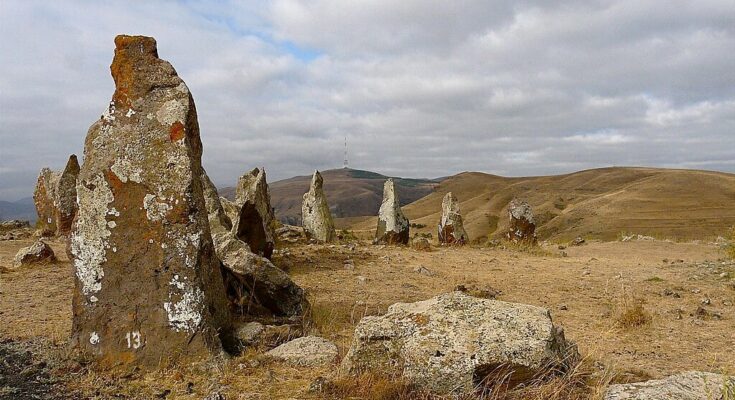Archaeologists have recently discovered 345 Neolithic stone circles in Saudi Arabia, which are believed to date back around 7,000 years and serve a different purpose to other similar structures.
Stonehenge is perhaps the best known of the standing stone circle structures, and is often associated with sacred ritual, but the recently discovered structures in Saudi Arabia apparently served a much simpler purpose.
Círculos de pedra de 7.000 anos descobertos na Arábia Saudita.
Arqueólogos da Arábia Saudita escavaram oito círculos de pedra antigos que, segundo eles, eram usados como moradias.
Saiba mais: pic.twitter.com/VEYF9InfKU
— Verdade Ufo (@VerdadeUfo) July 14, 2024
Archaeologists believe these stone circles – built by Neolithic populations from the 6th and 5th millennia BC – were houses, fit with doors and roofs. The discovery, which was made using aerial surveillance methods, provides evidence for Neolithic communities in northwest Saudi Arabia.
“These structures were individual dwellings, constructed in concentrations of varying numbers with associated domestic installations, such as hearths,” the researchers explain in their paper, published by Levant. “The standing stone circle sites presented in this paper demonstrate a scale of Neolithic occupation not previously recognized in Saudi Arabia.”
The circles were found in the Harrat al Uwayrid lava field, and range in diameter from 13 to 26 feet. All of the structures date to roughly 7,000 years ago. The researchers discovered at least one doorway among the stone circles, and have concluded that the buildings may have had roofs too, built from stone or other materials.
“Globally, early domestic architecture was always round, and rectangular houses only appear in the later Neolithic,” Jane McMahon, an honorary research fellow at the University of Western Australia and lead author of the paper, told Live Science.
Other discoveries in Saudi Arabia paint picture of Neolithic life
The researchers explicate in the paper that further discoveries in the region of Saudi Arabia suggest a surge of Neolithic human activity in the area during the era of the stone houses. These extra pieces of evidence include basalt stone tools and animal remains, which the archaeologists believe indicates a mixed economy, sustained by domesticated and wild animals.
In addition to the stone houses, the researchers discovered rectangular stone structures. These have been given the name ‘mustatil’, which is Arabic for rectangle, and archaeologists think they may have been used for sacrificing cattle.
It is “likely that these two megalithic structure types are aspects of a single cultural entity,” the authors of the paper suggest.
That entity probably came before sedentary farming. There’s no evidence of farming domesticated species of plants like wheat and barley, but gathering wild plants likely took place,” McMahon told Live Science, “and perhaps manipulating the landscape to increase the likelihood and yield of wild species.”
Further finds in the area included seashells, thought to be from the Red Sea, around 75 miles away, suggesting a developing system of trade.



